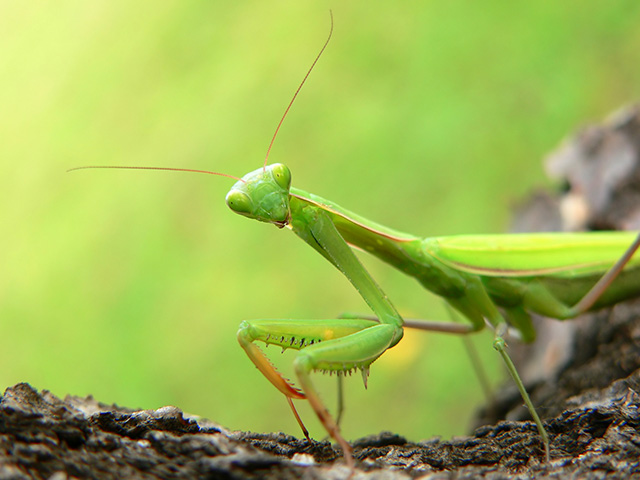07/03/2017 / By Russel Davis
A team of researchers have recently designed “two-faced” spherical microbots called Janus meant to rid water of harmful bacteria and other microorganisms. The spherical particles were made up of magnesium on one face and alternating layers of gold and iron topped by silver nanoparticles on the other. The magnesium face produced hydrogen bubbles upon contact with water, which then propelled the microbots around contaminated water. On the other hand, the bacteria in contaminated water were expected to stick to the alternating gold and iron face, which would then be killed by the silver nanoparticles.
The researchers examined the microbots in a lab setting and found that Janus particles could propel around the contaminated water for 15 to 20 minutes before the magnesium face was spent. The experts also noted that the spherical microbots were able to trap more than 80 percent of E. coli bacteria. The microbots’ iron content provided it with magnetic properties. Because of this, the microbots could be easily removed from the water using a magnet without leaving behind any potentially dangerous waste.
“Water contamination is one of the most persistent problems of public health. Resistance of some pathogens to conventional disinfectants can require the combination of multiple disinfectants or increased disinfectant doses, which may produce harmful byproducts. Here, we describe an efficient method for disinfecting Escherichia coli and removing the bacteria from contaminated water using water self-propelled Janus microbots…After capture and extermination of bacteria, magnetic properties of the cap allow collection of microbots from water along with the captured dead bacteria, leaving water with no biological contaminants. The presented biocompatible Janus microbots offer an encouraging method for rapid disinfection of water,” the researchers wrote in the American Chemical Society‘s website.
Potential implications in water treatment
The Janus microbots may have potential implications in water treatment and reducing waterborne diseases, which continue to be a large-scale global burden. In fact, the World Health Organization (WHO) reported that 1.1 billion people worldwide lacked access to improved water sources, while 2.4 billion more had no basic sanitation. This added to the global burden of waterborne diseases.
According to the WHO, waterborne gastrointestinal infections kill more than two million people around the world each year, a majority of which occurring in in children living in developing countries. Diarrhea alone was responsible for four percent of all deaths and five percent of health loss to disability worldwide, the WHO noted. The organization also revealed that diarrhea is accounted for up to 8.5 percent of deaths in Southeast Asia, and 7.7 percent of deaths in Africa.
Likewise, the organization stressed that while water use in hygiene is an important preventive measure against gastrointestinal infections, using contaminated water may further exacerbate the condition. In fact, cholera and dysentery cause severe and forms of diarrhea. (Related: Fend off diarrhea with these natural remedies)
On the other hand, data from the Centers for Disease Control and Prevention (CDC) showed that four to 32 million cases of acute gastrointestinal illness occur in the U.S. annually despite having one of the safest drinking water systems in the world. The CDC noted that the frequency of diseases from all water exposures may be higher. However, the agency noted that the overall prevalence of waterborne diseases in the country remains unknown. Follow more news about clean water at CleanWater.news.
Sources include:
ScienceDaily.com
Pubs.ACS.org
WHO.int
CDC.gov




















